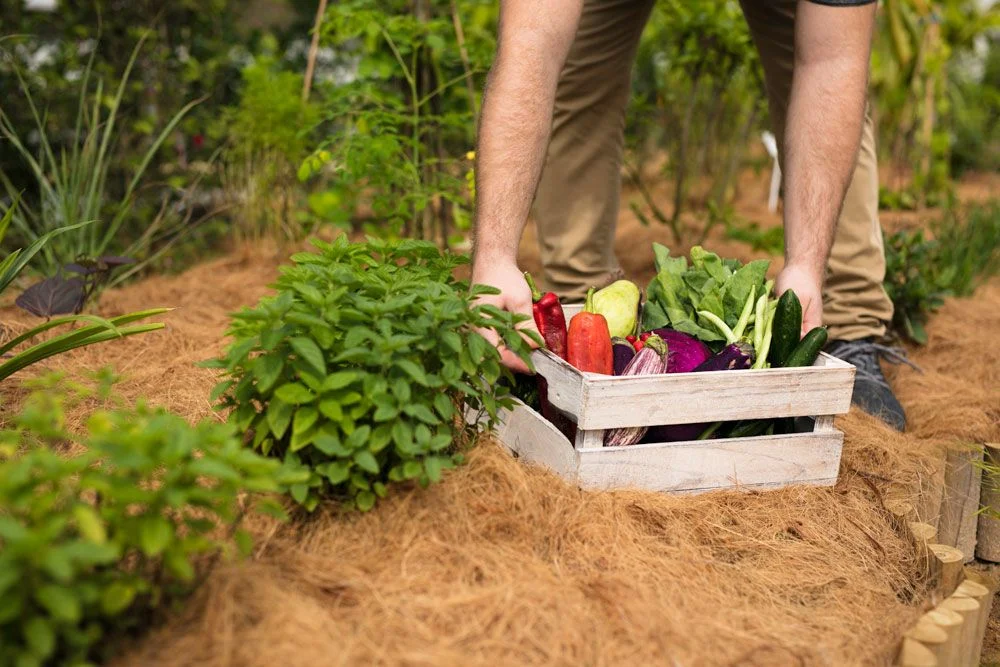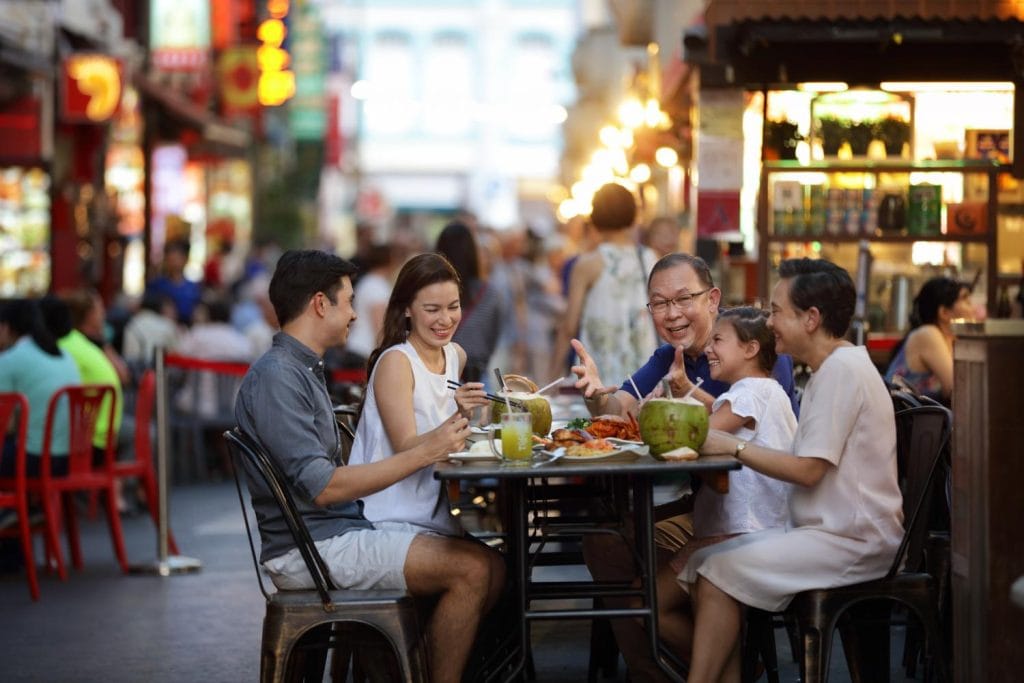Singapore, often called the “Food Capital of Asia,” has carved a distinctive identity not just through its skyscrapers and shopping hubs, but through its vibrant and multicultural food scene. For millions of visitors each year, culinary experiences in Singapore are as essential as visiting its iconic landmarks. The nation’s cuisine is deeply intertwined with its cultural identity, and food has become a central attraction in Singapore’s tourism strategy, captivating tourists with an unforgettable mix of taste, heritage, and storytelling.
From Michelin-starred hawker stalls to luxury rooftop restaurants, Singapore offers a gastronomic landscape that reflects its diversity and creativity—making it a top destination for food-centric travel.
Food as a Cultural Ambassador: Showcasing Multicultural Heritage
One of the most unique aspects of Singaporean cuisine is how it acts as a mirror to the nation’s multi-ethnic heritage, blending Chinese, Malay, Indian, and Peranakan influences into a seamless culinary narrative. Tourists often encounter dishes that are more than meals—they are cultural conversations. Eating laksa, roti prata, or Hainanese chicken rice becomes a way for visitors to connect with Singapore’s history, customs, and people.
The ethnic diversity embedded in local food not only introduces travelers to authentic flavors but also educates them about how communities have coexisted and contributed to a shared national identity. This cultural depth has positioned food as a key driver of heritage tourism.
Hawker Centres: The Heart of Local Flavor and Tourist Fascination
No trip to Singapore is complete without visiting a hawker centre, a uniquely Singaporean institution that has gained international acclaim. These open-air food courts offer affordable and delicious meals representing various cultural traditions, all under one roof. For many tourists, hawker centres like Maxwell, Lau Pa Sat, and Old Airport Road are not just places to eat—they’re destinations where they can immerse themselves in local life.
In fact, the UNESCO recognition of Singapore’s hawker culture has amplified its global appeal, drawing food lovers from around the world who seek to experience everyday dining in its most authentic form. The casual, communal nature of hawker centres allows travelers to engage directly with local food vendors, fostering an intimate connection with Singaporean society.
Culinary Attractions and Events: A Tourism Magnet
Singapore has strategically leveraged its food scene through well-curated culinary festivals and food-themed attractions that attract international visitors. Events like the Singapore Food Festival, World Gourmet Summit, and Restaurant Week have become major fixtures in the tourism calendar, showcasing both street food excellence and fine dining innovation.
Additionally, curated food trails, cooking workshops, and food-centric tours offer tourists immersive experiences beyond traditional sightseeing. These experiences are designed to appeal to gastro-tourists—travelers who prioritize food discovery in their travel plans. Through such initiatives, food becomes a gateway for tourism boards to promote lesser-known neighborhoods and cultural stories.
Global Recognition: Singapore on the World Food Map
The international reputation of Singapore as a top food destination has been boosted by global media coverage, travel guides, and food influencers. Documentaries by Netflix and BBC, along with celebrity chefs like Anthony Bourdain and Gordon Ramsay, have featured Singapore’s dynamic food culture, drawing attention to both high-end gastronomy and street food excellence.
The presence of Michelin-starred restaurants and hawker stalls further elevates the city’s global standing. Tourists often travel specifically to taste acclaimed dishes such as soya sauce chicken rice or char kway teow, adding food to their list of must-see attractions. This culinary acclaim enhances Singapore’s brand as a destination where luxury and local authenticity coexist seamlessly.
Food as an Economic Pillar of Tourism
Beyond culture and experience, food plays a significant economic role in Singapore’s tourism industry. According to the Singapore Tourism Board, dining consistently ranks as one of the top expenditure categories among visitors. Restaurants, hawker centres, food tours, and gourmet events contribute directly to tourism revenue, creating a sustainable model where the F&B sector and tourism support each other.
The development of food tourism infrastructure, including internationally acclaimed eateries, integrated resorts with celebrity chef restaurants, and experiential food museums, reflects how food is strategically positioned to enhance tourist satisfaction and spending.
Sustainability and Innovation in Culinary Tourism
In recent years, Singapore has also positioned itself at the forefront of sustainable and innovative food experiences, appealing to the conscious traveler. Concepts such as farm-to-table dining, urban rooftop farms, and plant-based menus are gaining popularity among tourists who seek environmentally friendly options without compromising on taste.

Tourists can also explore food technology tours that showcase how Singapore is leading in areas like alternative proteins and vertical farming. These progressive initiatives reinforce the image of Singapore as a forward-thinking nation that balances gastronomic tradition with modern innovation, attracting a global audience that values both heritage and sustainability.
Social Media and the Rise of Food-Driven Travel
The visual appeal of Singapore’s food has made it highly shareable on platforms like Instagram, YouTube, and TikTok. Dishes like rainbow kueh lapis, chili crab, or durian desserts regularly appear in travel vlogs and food blogs, drawing attention from a younger, global audience.

This viral visibility of Singaporean cuisine fuels travel decisions among millennials and Gen Z tourists, for whom culinary discovery is a central motivation for travel. As a result, food is not just part of the tourist experience—it often becomes the reason for choosing Singapore as a destination.
Conclusion: A Taste of Singapore Is a Taste of Its Soul
The role of food in Singapore’s tourism is profound and multidimensional. It connects travelers to history, bridges cultural gaps, and creates unforgettable memories through taste. From aromatic hawker stalls to elegant fusion restaurants, food in Singapore is both a passport to the past and a preview of the future.
In this city-state, cuisine is more than consumption—it is an invitation to understand the essence of a nation. For every visitor, enjoying a plate of local food becomes a way to experience the country’s identity, innovation, and inclusive spirit. That is why, in Singapore, food is not just a part of the journey—it is the destination itself.

